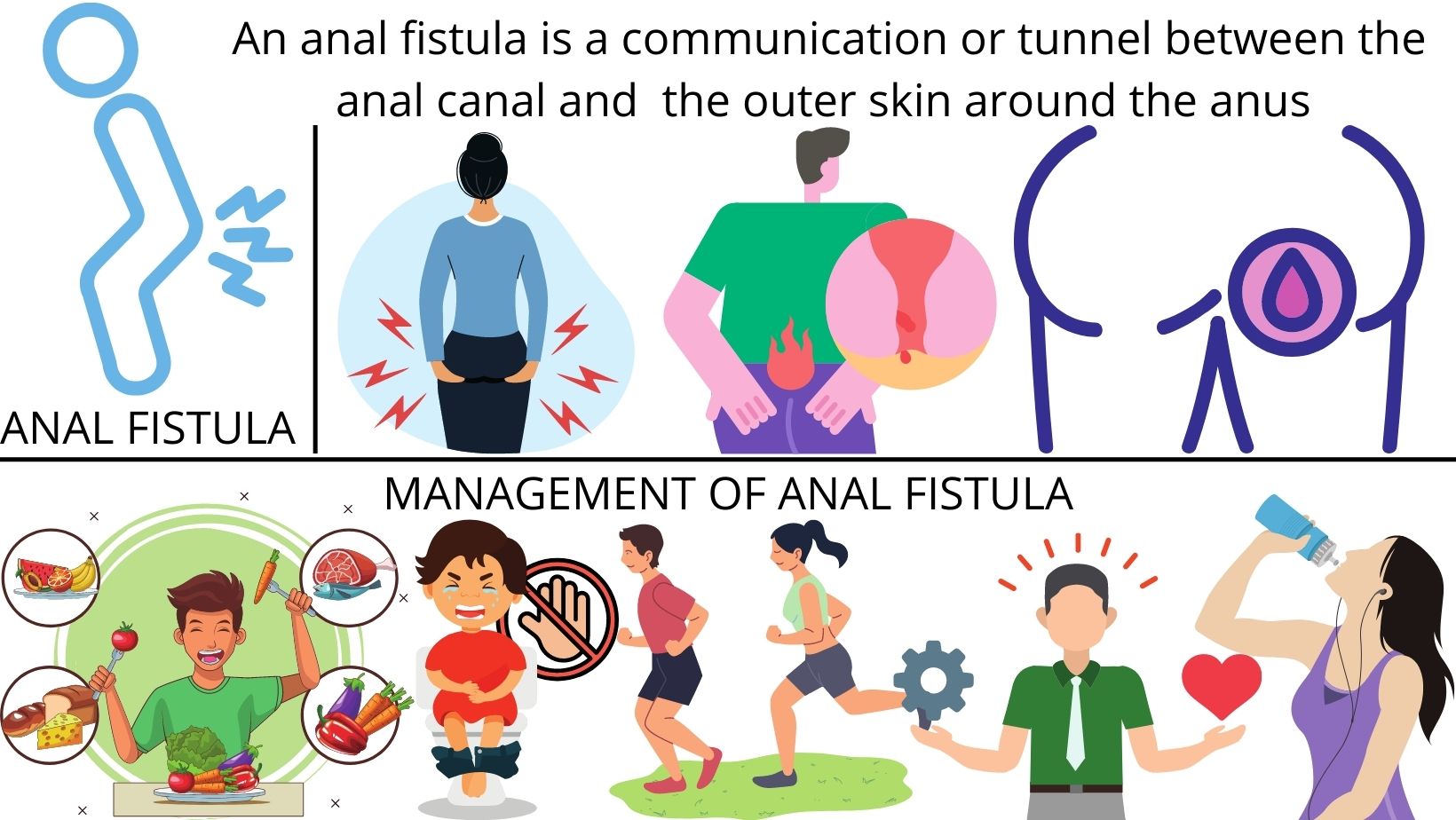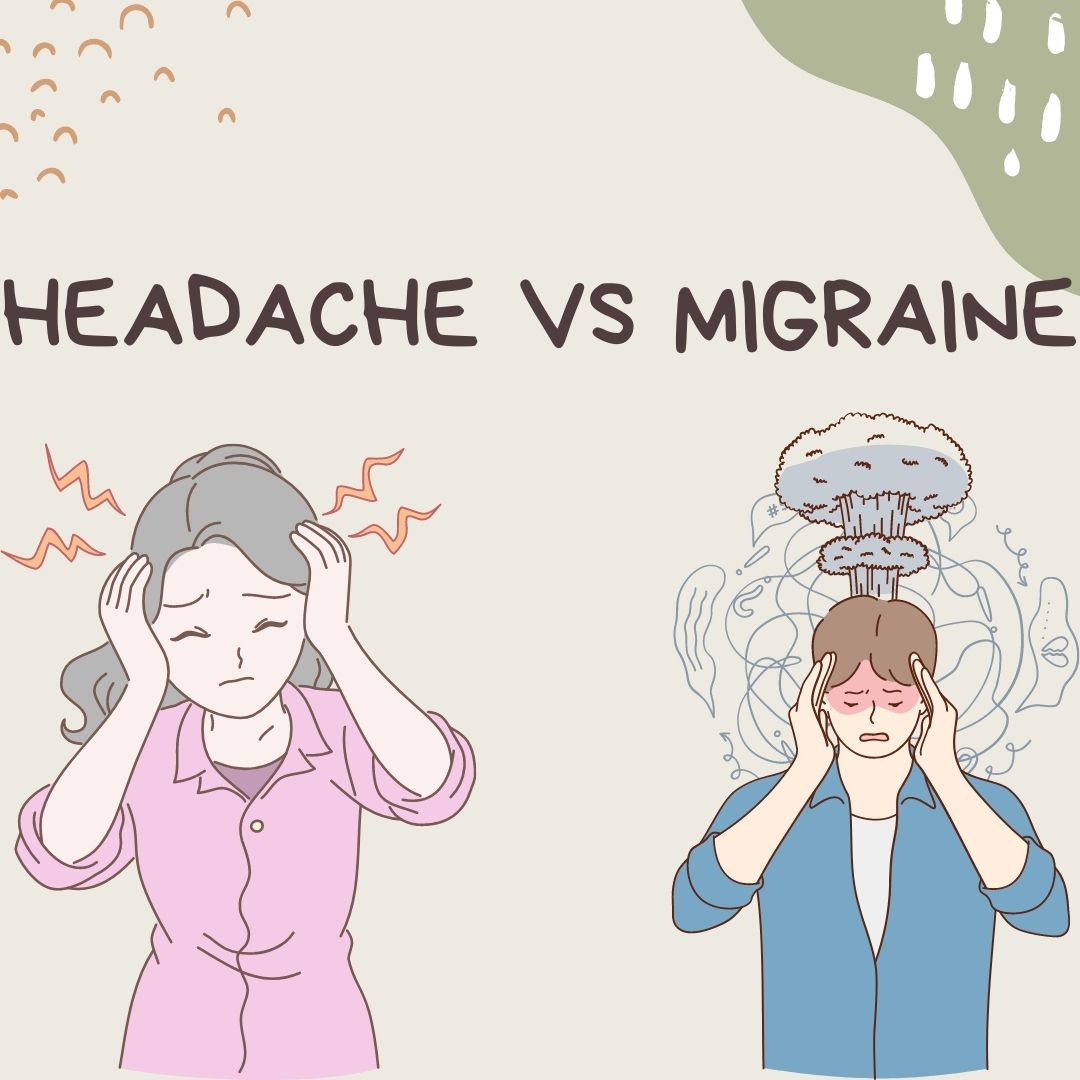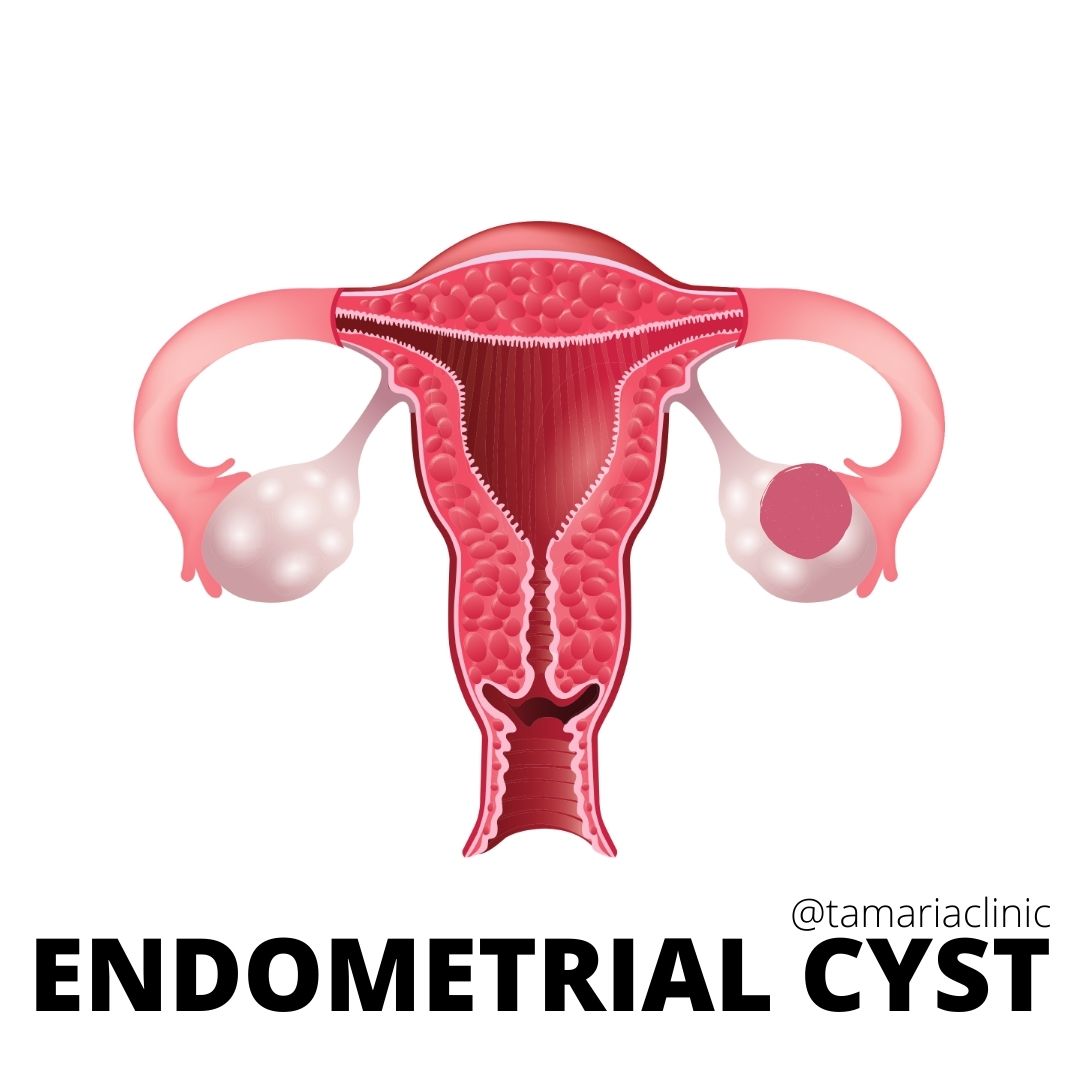THE DEFINITIVE GUIDE FOR THE TREATMENT OF ANAL FISTULA
WHAT IS AN ANAL FISTULA?
An anal fistula otherwise known as Fistula-in-ano is a communication or tunnel between the bowel (where stool gets accumulated for defecation) and the outer skin around the anus.
WHAT ARE THE TYPES OF ANAL FISTULA?
- Extrashincteric fistula: starts from the rectum or sigmoid colon and opens into the skin around the anus. It is the least common type of fistula and usually results after Crohn’s disease or diverticular abscesses.
- Suprashincteric fistula: the beginning point is between the muscles of external and internal sphincters and the opening is an inch or more away from the anus.
- Transphicteric fistula: begins from the muscles between the external and internal sphincter or behind the anus but takes a longer route and often becomes U-shaped or horseshoe-shaped and opens an inch or more away from the anus. This fistula may have multiple openings as well.
- Intersphincteric fistula: begins between the muscles of external and internal sphincters, and crosses the muscles of the internal sphincter to open very close to the anus. It is a very common type of fistula.
- Submucosal/ superficial fistula: doesn’t cross the muscles of any sphincter and begins and opens very near to the anus.
WHAT ARE THE SYMPTOMS OF ANAL FISTULA?
- Pain in the anal region especially while sitting, coughing, after passing stool.
- Passage of discharge after stool which is often smelly and may be mixed with pus or blood or both.
- Irritation around the skin of the anus.
- Swelling, redness in the area around the anus with tenderness if the abscess is also there along with fever.
- Sometimes urination is also painful due to abscess.
WHAT ARE THE CAUSES OF ANAL FISTULA?
The cause for the formation of an abscess is an infection around the anus. The anus is surrounded by various glands which produce fluid. Due to infection the glands are blocked and bacterial growth occurs and a swollen compartment is created which is known as an abscess in medical terms which is not able to drain out its secretions and becomes tender and painful. Either artificial opening is made by the surgical procedure for the fistula to drain or if left unattended the abscess may grow to the surface near the anus and burst to discharge the accumulated debris.
So mostly it’s the abscess that forms the fistula but fistula formation may also be seen in cases of tuberculosis, and STDs as well.
Crohn’s disease which is an inflammatory disease of the digestive tract, although is a less common cause of fistula formation, forms an extra sphincteric fistula. Diverticulitis may also form same fistula.
Sometimes fistula formation may come out as a complication of surgery performed near the anus.
DIAGNOSIS OF ANAL FISTULA
- First of all careful medical history with symptoms related to fistula is sought.
- Then physical examination is done.
- In the case of active abscess symptoms of fever, redness, tenderness on palpation, and swelling is seen.
- Sometimes the abscess is not so apparent from the outside but rectal examination is painful with a medical history of rectal pain.
- Further proctoscopy is done to examine the rectum for diagnosis.
- Colonoscopy would also help in diagnosing a case of abscess and determining the type of abscess as well.
TREATMENT OF ANAL FISTULA
The only treatment available for fistula is fistulotomy only but homeopathic medicines help in healing the fistula without surgery.
MANAGEMENT OF ANAL FISTULA
- Management would include managing the abscess (infection), symptoms like pain, tenderness, discharge from the fistula, etc.
- Usually, surgery is the only possible treatment available in allopathic treatment but homeopathy has successful treatment of fistula with medicines itself.
- Constipation should also be managed in cases where constipation is the aggravating factor.
HOMEOPATHIC MANAGEMENT OF ANAL FISTULA
Homeopathic management of the fistula is to prevent surgery and heal the fistula with medicines. There are many homeopathic medicines like silicea, hepar sulph, nitric acid, sulphur, calcarea carb, etc but medicines should always be given after thorough case taking and on the basis of the constitution of the patient.
DO’S AND DON’TS
DO’S
- Maintain hygiene.
- Add fiber to the diet.
- Avoid constipation.
- Avoid straining for stool.
- Stay active and maintain an active lifestyle.
- Drink enough water.
- Move around frequently if you have a sitting job
- Lose weight if you are obese.
- Manage stress.
DON’TS
- Don't eat junk food.
- Don't eat too spicy and masala food
- Don't eat refined and packed food items
- Don't take stress.



Comments
We have received your comment , Thank You !